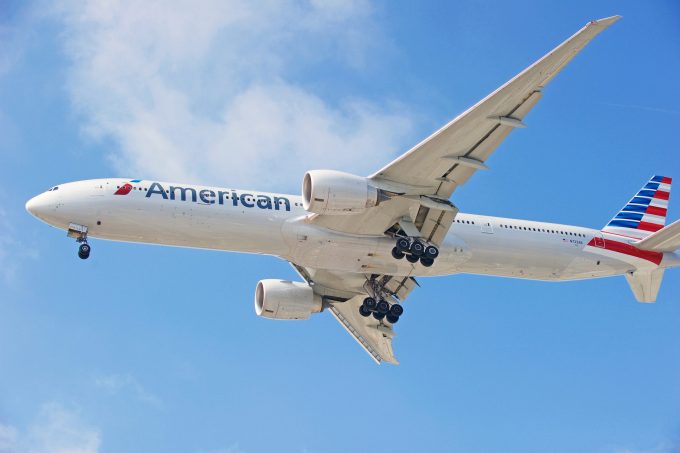The shifting landscape of the world's air cargo carriers
Inevitably, the air cargo market saw changes in market share among service providers over the ...

Airfreight capacity on the north Atlantic is soaring as US mega-carriers aggressively increase international flying – but this is pushing down rates.
And investors are betting against lasting strength in the airline sector.
American Airlines is adding over 400 widebody flights a month to its network this summer, much on the transatlantic, for example, between its Charlotte gateway and Frankfurt/Paris and a new route between Seattle and London, all with B777s.
The carrier is also boosting frequencies on routes from Rome to New ...
Transpacific sees first major MSC blanks as rates fall and volumes falter
'It’s healthy competition' Maersk tells forwarders bidding for same business
Shippers snap up airfreight capacity to US ahead of tariff deadline
White House confirms automotive tariffs – 'a disaster for the industry'
New price hikes may slow ocean spot rate slide – but for how long?
Volcanic disruption at Anchorage could hit transpacific airfreight operations
Tighter EU import requirements proving 'a challenge' for forwarders

Comment on this article